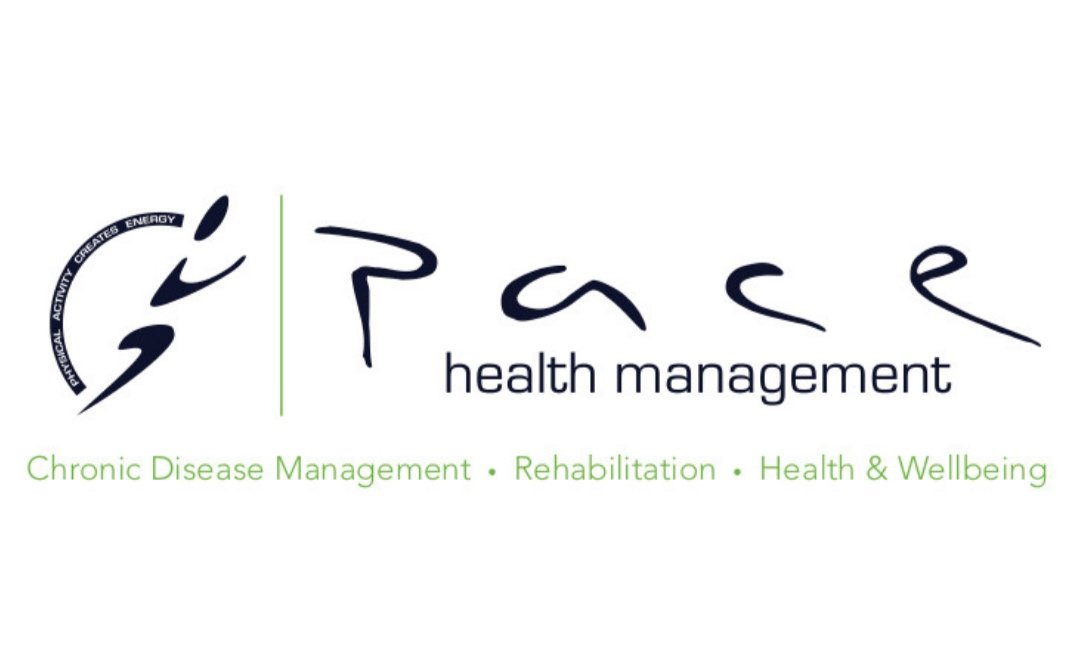Helping Parkinson's Disease Through Exercise
By Josh McCarthy - Accredited Exercise Physiologist
Muhammad Ali, Michael J Fox, Billy Connolly and millions of others have all been diagnosed with it. In Australia it is the second most common neurodegenerative disease behind dementia, with 32 Australians diagnosed each day. The disease in question is Parkinson’s disease.
It is often characterised by a visible shake and occasional ‘freezing’. But the condition is far more complex than the stereotypical symptoms. So what exactly is Parkinson’s disease? The underlying cause of Parkinson’s relates to a decline in the production of dopamine, a chemical which helps messages pass from the brain to the rest of the body. This lack of dopamine means people can have difficulty controlling their movements and moving freely, causing the above mentioned stereotypical symptoms. It can also impact on other body systems such as sense of smell, thinking and mood. As a neurodegenerative disease it progressively worsens over time with increasing severity in symptoms.
How is it caused?
There is currently no understanding as to why an individual develops Parkinson’s disease. Researchers have suggested several theories that may play a contributing role in the development of Parkinson’s, these include;
Environmental toxins
Exposure to pesticides and herbicides
Consumption of well water
Proximity to industrial areas
Length of exposure increasing risk of PD
Genetics
Abnormal protein growth
Mitochondrial dysfunction
Oxidative degradation
How does exercise help?
Due to the loss of motor control and the degenerative nature of the condition, there is a high level of physical inactivity within this cohort. For people with Parkinson’s, research has shown that exercise is particularly important to help maintain balance, maintain muscle mass, and increase mobility.
Exercise should incorporate 3-5 days of aerobic exercise (walking, stationary cycling, dancing and boxing), 2-4 days of resistance based exercise and 3-5 days of balance training. Particular emphasis should be placed on the extensor muscles of the trunk and hip to prevent incorrect posture. Dual tasking and cueing have an important role to play in the exercise rehabilitation process.
Dual tasking
Dual tasking exercises are tasks that require multiple complex movements and/or cognitive tasks to be performed at once. The significance of this with regards to Parkinson’s disease is that gait and motor control slows down as the disease progresses, this becomes amplified when multiple tasks are performed together e.g. walking down the street whilst talking to someone on the phone. Multiple studies have shown that individuals who participate in dual tasking exercises improve their gait speed, stride time and length, cadence and step length.
Cueing
When exercising, providing cues either verbally, visually or tactilely helps the initiation and ongoing facilitation of movement. An example of a method to improve walking ability is auditory rhythmic cueing using a metronome: subjects are asked to synchronise their steps to the rhythm of a sound beat. This technique can improve the quality of walking and it can help in overcoming and preventing ‘freezing’.
If you would like more help on creating a tailored exercise program, please contact one of our experience exercise physiologists.

